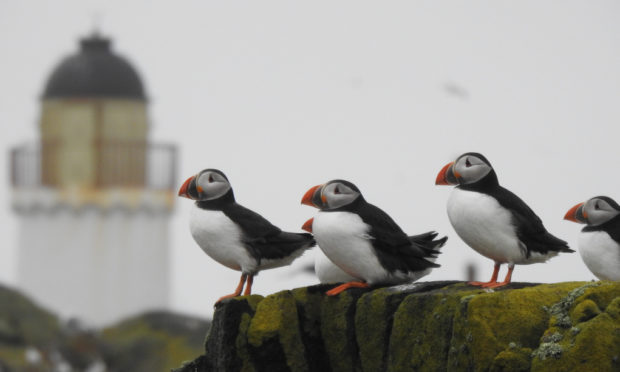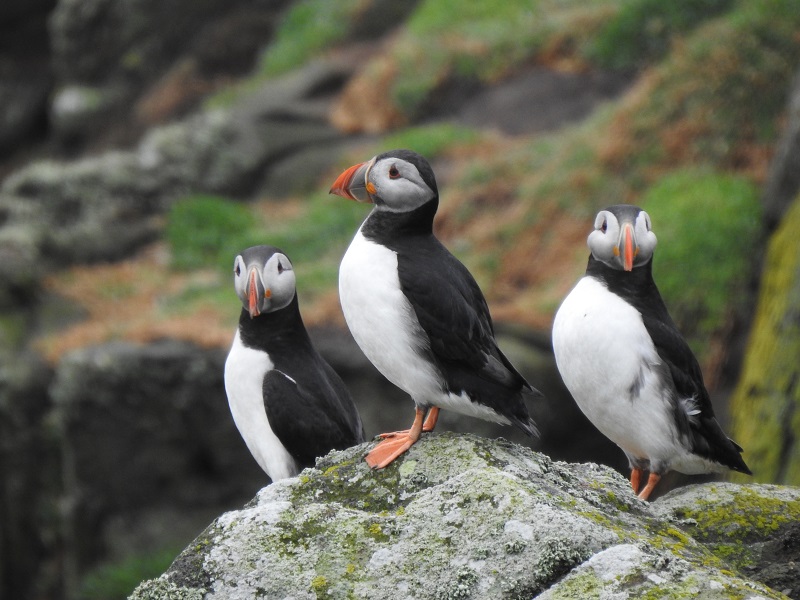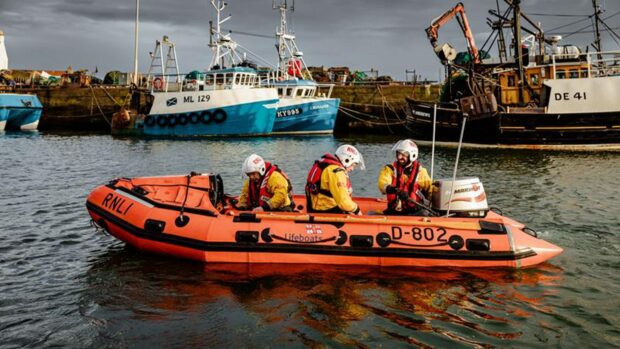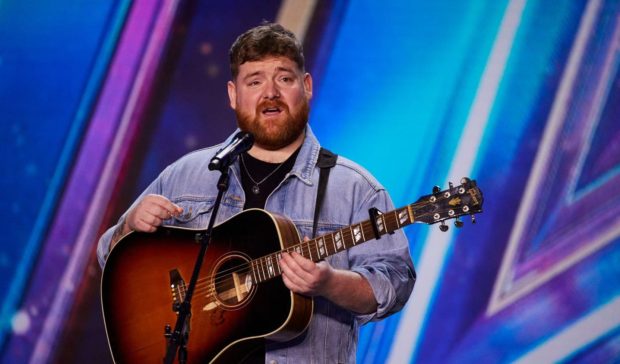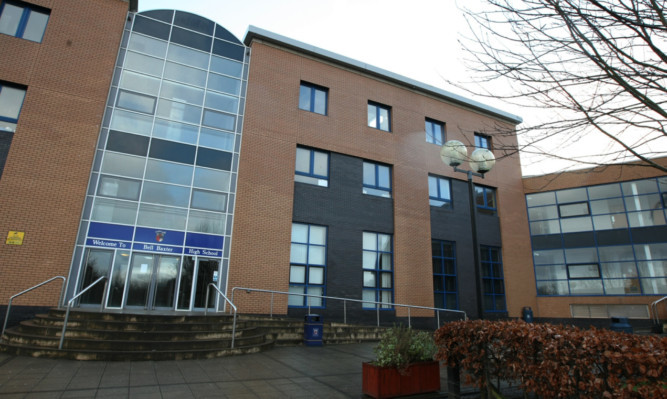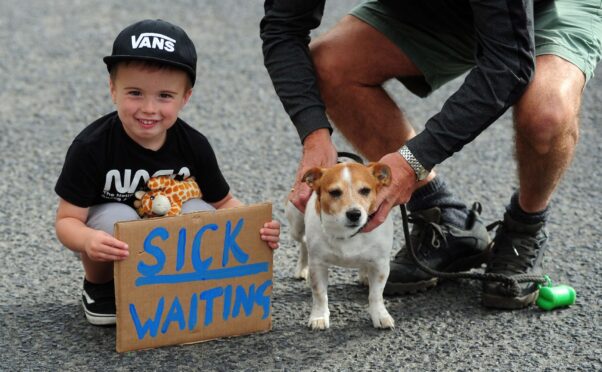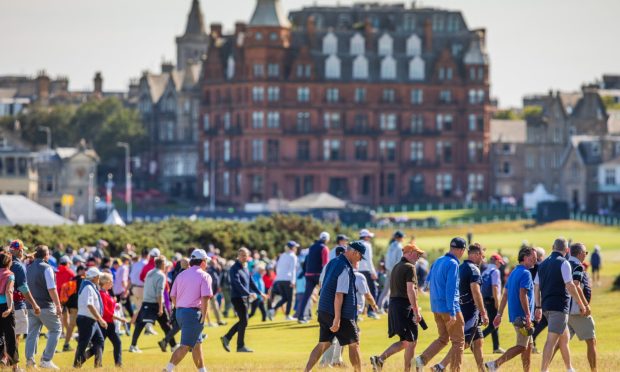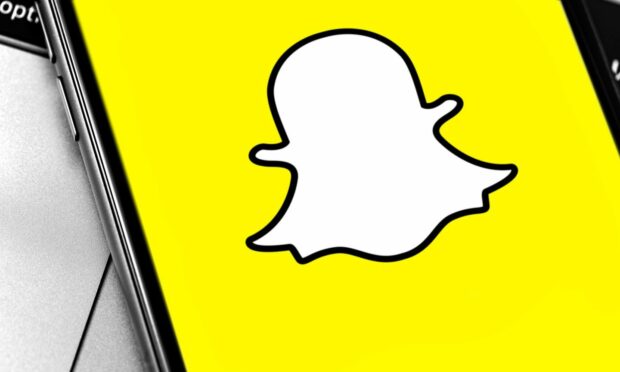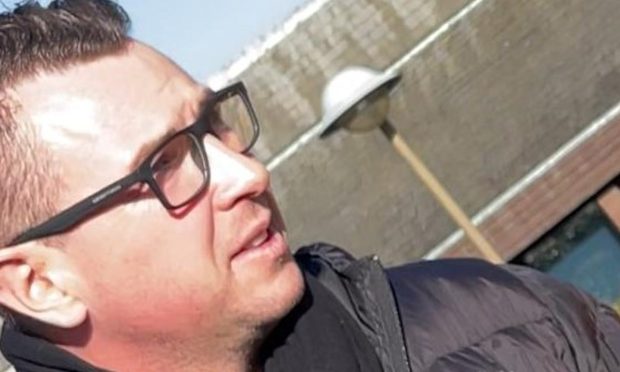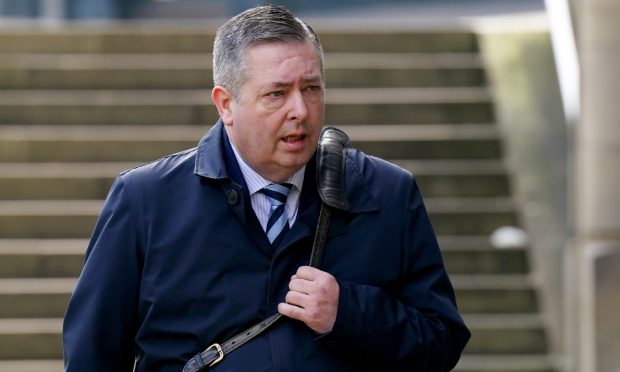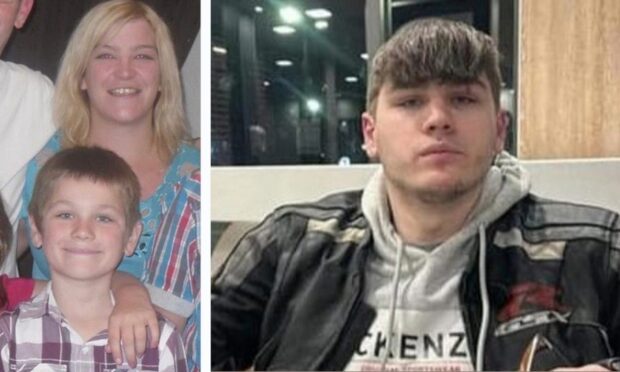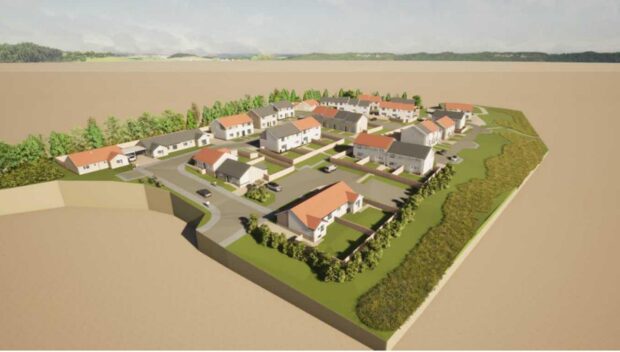Tens of thousands of puffins have descended on a Forth island for breeding season.
More than 80,000 of the distinctive-looking seabirds touched down on the Isle of May last week.
The island, a national nature reserve managed by Scottish Natural Heritage, is home to one of the largest puffin colonies around the UK and several other species of seabird.
Puffins, memorable for their white faces and comical bills, spend the winter in the North Atlantic, mainly in the North Sea around Scotland.
They return to the island off the coast of Anstruther each spring, where they lay eggs in underground burrows.
Reserve manager David Steel said: “Since departing the island last August these hardy seabirds have been living life out on the ocean waves, regardless of weather and just bobbing about for the last eight months.”
In his blog, he described their arrival last Thursday as a “monumental day” for the island’s puffins, who he said will come and go over the next few weeks until they settle and incubate a single egg by mid-April.
He said: “It was interesting to watch this early behaviour as birds were adapting back to life on land. It must be strange for them to touch something solid after eight months at sea.
“We also noticed subtle plumage differences amongst the birds as some were still showing signs of winter-plumage.”
Winter plumage makes the puffins’ faces dark, sometimes black.
David added: “This will all change over the next few weeks as the breeding season will advance and the birds will complete their moult to look as good as ever.
“After that the spring cleaning of burrows will begin and then the serious business will start; the incubation of an egg.
“Interestingly, puffin colonies up and down the east coast are all now at this same stage as birds will be arriving at colonies ready for the new season ahead.”
Due to the coronavirus pandemic visitors, who can usually travel to the island on boats from Anstruther, will be unable to see the popular birds for at least the next few weeks.
Scottish Natural Heritage has closed the island in line with government advice.
Only David and assistant manager Bex Outram have gone there to maintain the reserve and ensure wildlife is protected.
The island, which has a bird observatory, usually welcomes a team of staff, volunteers and researchers at the start of the season.
